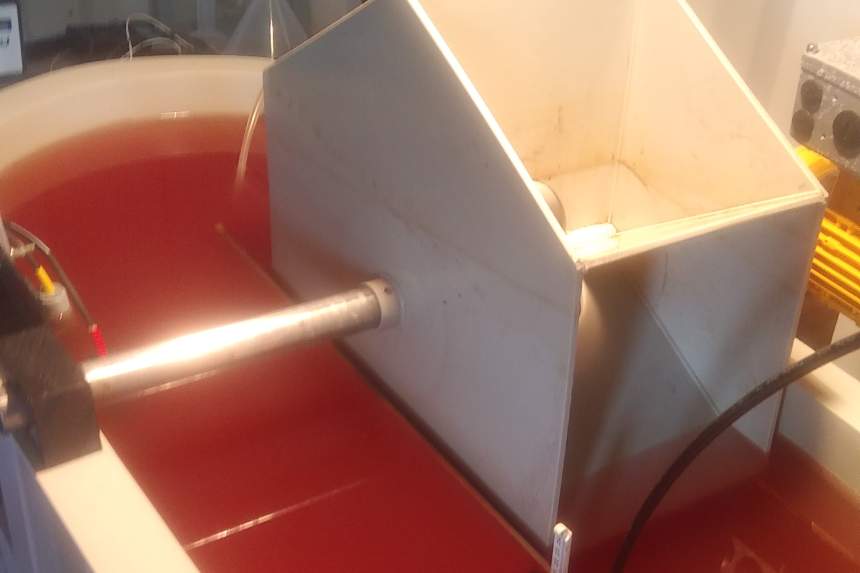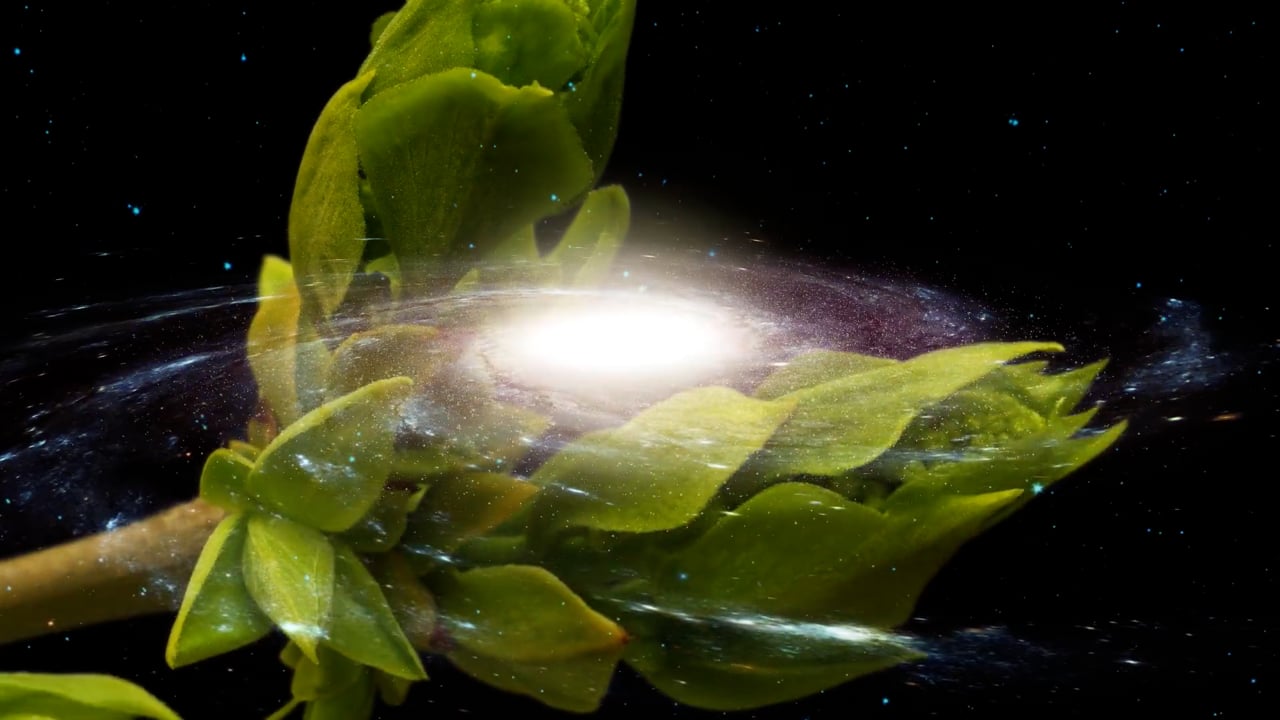Space for Food: space technology for sustainable food systems on Earth
Space exploration is a framework in which end users can redefine their acceptability towards waste derived resources in food systems. Most people are reluctant to use waste in the food system, but in the context of Mars, they fully agree with the concept. From there we bring them back on Earth and discuss the importance of and opportunities for applying the same design concepts to our cities. Thinking like an astronaut and seeing cities as spaceships are the design principles that help break the acceptability barrier.
Food systems are complex; achieving a high level of sustainability therefore requires a different design paradigm. In a world of depleting resources, increasing waste, and climate change, our food systems are fragile.
Living on Mars poses designers with an even more challenging design problem to respond to all the constraints of the inhospitable environment. Only circular systems that revalue waste into resources can offer solutions.
Back on Earth, thinking like an astronaut and perceiving cities as spaceships will help frame the design problem and result in resilient food systems.
The Microecological Life Support Systems Alternative (MELiSSA) project aims to develop closed regenerative life support systems. ESA has been working on this for more than 30 years. The concept involves treating waste produced by astronauts in a series of biological treatment systems, providing the crew with food, oxygen and water.
Back on Earth, we look at cities as spaceships and engage with different stakeholders in using waste and recovering resources for food systems. A purple bacteria raceway reactor is fed by brewery wastewater, a source of carbon for the microorganism. The resulting biomass is a source of protein for the feed industry or a fertilizer and bio-stimulant for farmers.
This is a win-win situation: the brewery’s impact on the environment is reduced, the farm uses locally produced fertiliser, and the food system is more resilient and independent of external shocks. In this way, the city becomes more self-sufficient.
‘Thinking like an astronaut’ is a metaphor for changing people’s opinions by reflecting on the constraints of Mars and comparing it with the future of the food systems on Earth. The initial low acceptability can rapidly change when they are told how space technology can result in more resilient cities. This can lead to important policy changes that bring these innovations closer to market. The unlikely connections with the city and the close interactions of residents with the technology and the food system create tensions that demonstrate the value of finding value in waste.




Share
Contacts
- -Radu Giurgiu
- -Alexander Laarman
- -Abbas Alloul
- -Rob Suters
- -Peter Scheer
- -Ard van de Kreeke
Editions
Topics
Themes
Links
Project page | AMS InstituteMELiSSA project
Semilla.io | How space technology is used back on Earth



